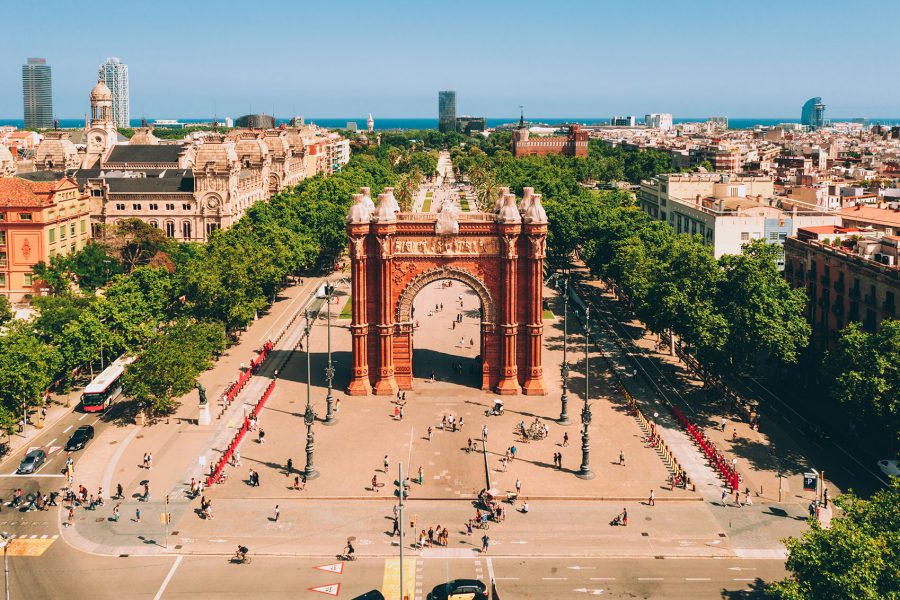Tourism is booming in Barcelona, with 26 million people visiting the city and its surrounding region last year.
Such demand over recent years has led to a surge of interest and today the city welcomes visitors throughout the year. This means you’ll find plenty to delight if you visit outside the peak travel period between June and September. However, if you are planning a summer getaway, you can still find peace and tranquillity by seeking out the city’s hidden gems.
Read on for a curated list of Barcelona hotspots to discover on your next trip, no matter what time of year you decide visit.
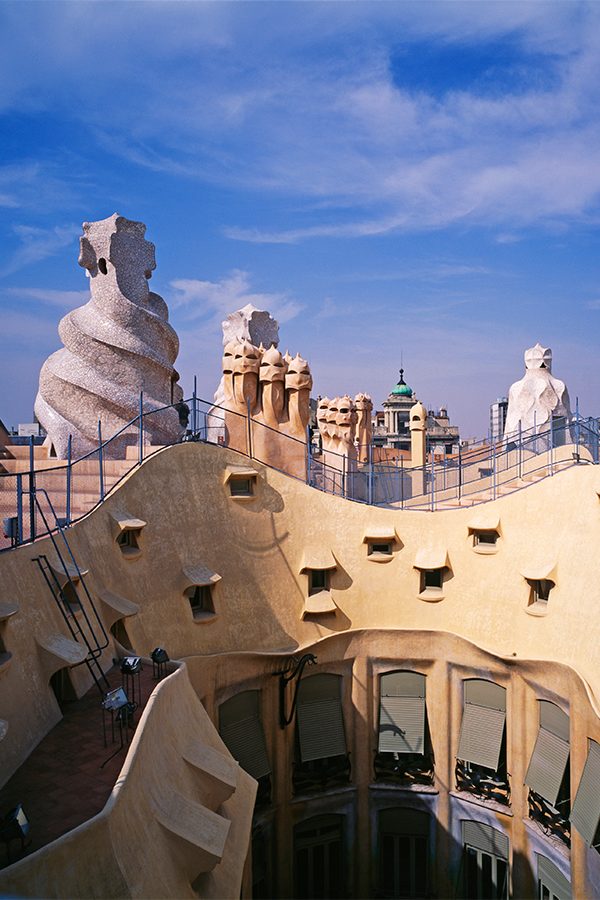
Credit: Murat Taner/Getty Images
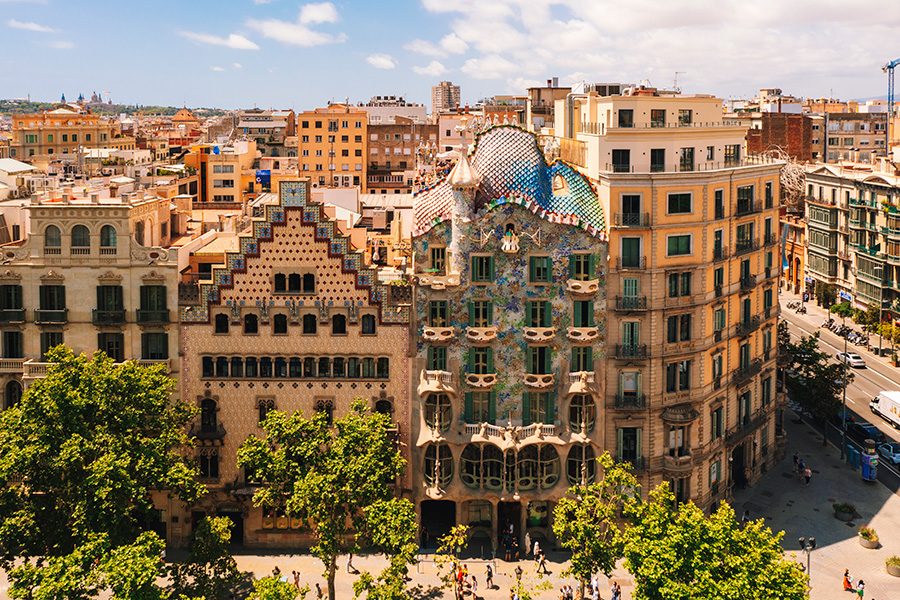
Credit: Pawel Gaul/Getty Images
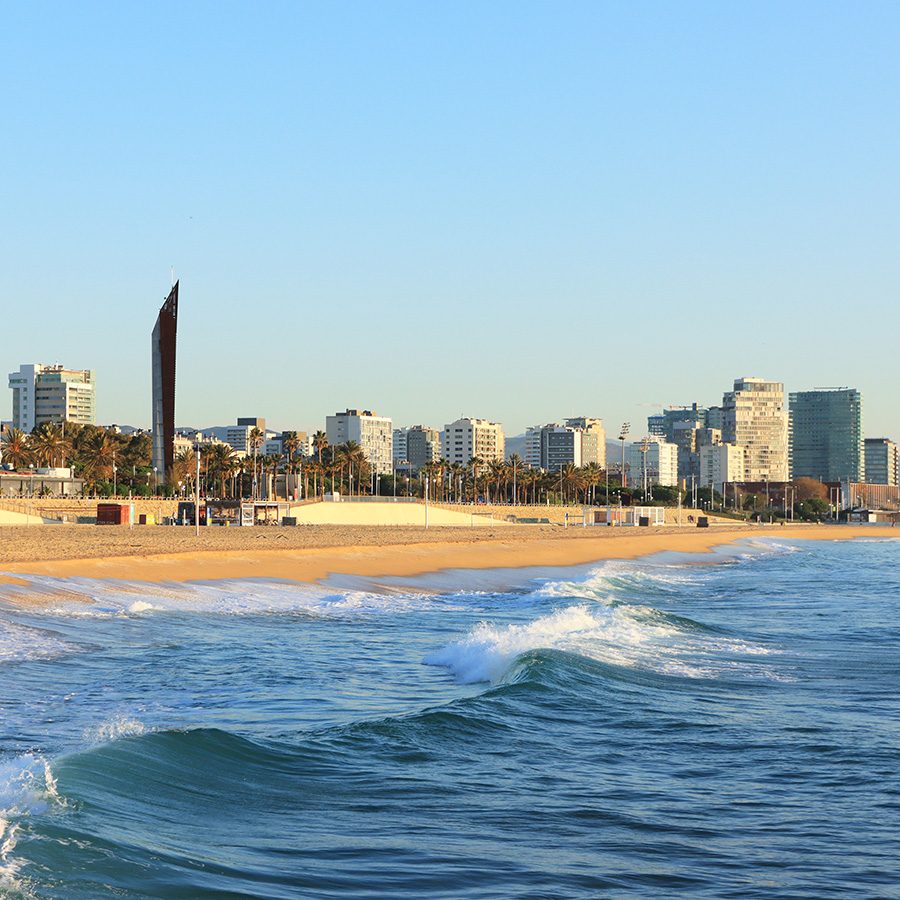
Credit: David Soames Photography/Getty Images
Barcelona during high season
It’s still possible to seek out peace and tranquility at Barcelona’s hidden gems during the summer.
If you’re seeking out sun and sand, we recommend driving twenty minutes further north along the coastline, towards the district of Sant Martí. There, you’ll find the beaches of Poblenou, including Nova Mar Bella or Llevant, which remain much less crowded, but equally beautiful.
In contrast to Poblenou, Gràcia is a district steeped in tradition yet much quieter than the Old City. Once a separate town from the rest of Barcelona, Gràcia has retained its distinct personality and remains spared from gentrification. There is only one period of the year when this peaceful neighbourhood becomes unrecognisable: during its annual festivities from 15 to 21 August, when the streets become filled with revellers.
Far from the trendy bars and restaurants touted by travel guides, in Gràcia you’ll find establishments like La Pubilla , serving daily set menus (inclusive of a first and second course, bread, drink and dessert) at very reasonable prices. Gràcia is also home to Casa Vicens , the first modernist building by Antoni Gaudí; with a style that fuses Mudejar, Indian and Japanese influences, and is much less crowded than the other two most famous works by the architect – La Sagrada Familia and La Pedrera .
Barcelona also boasts many lesser-known architectural wonders by contemporaries of Gaudí. Free from long queues, they offer the opportunity to admire the style that came to define Barcelona during the last century at leisure.
In Gràcia’s Plaza de la Constitució square, you’ll find a vast modernist building which houses the Mercat de la Llibertat. Once the meeting place of farmers looking to sell their products, it remains the neighbourhood’s main market. With a strong residential character, it’s an authentic alternative to more popular options such as the Mercado de la Boquería in the heart of La Rambla.
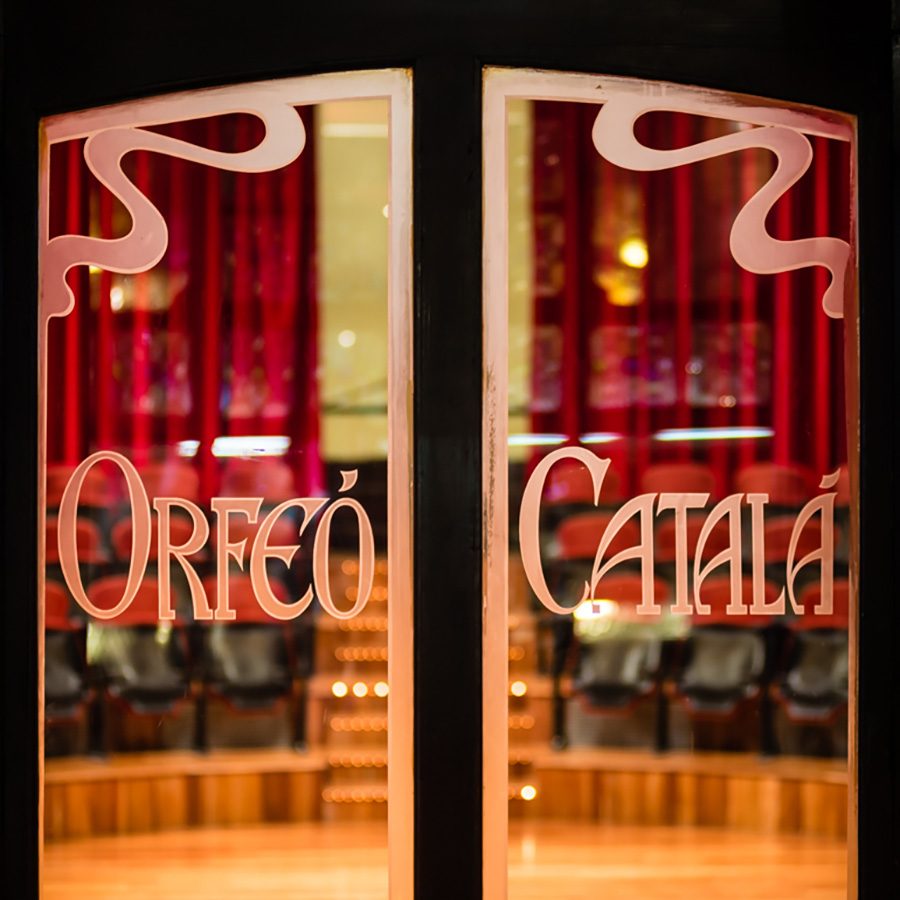
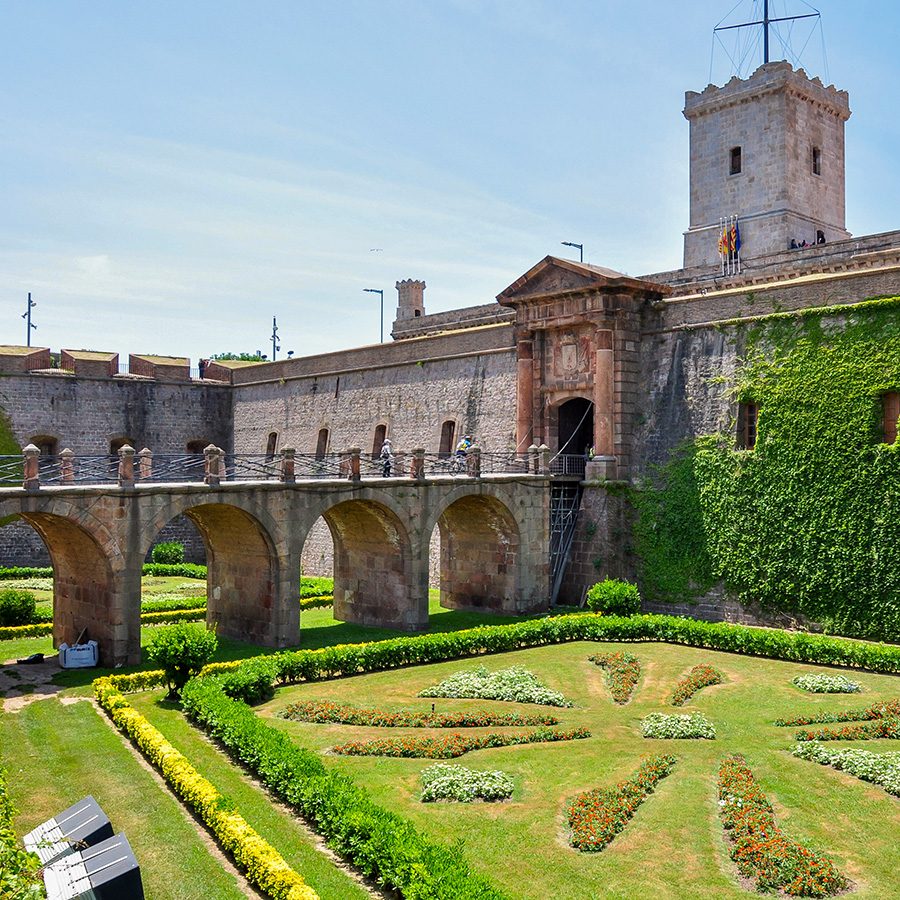
Credit: Vladislav Zolotov/Getty Images
We can’t talk about modernist architecture without highlighting the work of Lluís Domènech i Montaner. The Barcelona native behind extraordinary constructions like the Palau de la Música Catalana , a temple of art and culture, and the former Hospital de la Santa Creu i Sant Pau .
The latter, despite being the largest Modernista complex in the world and a Unesco World Heritage Site, is surprisingly quiet and serene, especially when it first opens at 9.30am. Built between 1902 and 1930, it comprises several pavilions, surrounded by gardens and connected by a network of underground tunnels. Domènech’s original plan featured 48 buildings, but only 27 were built, 16 of them following his modernist designs. One features an operating theatre from the period, which can also be visited.
Rather than fighting the crowds at Camp Nou, see a historical alternative: the Lluís Companys Olympic Stadium on Montjuic hill. You can tour the space which opened in 1929 and, after being completely rebuilt, served as the venue for the 1992 Olympics.
While in the area, be sure to also visit Montjuic Castle , an old fortress remodelled in the 18th century. It sits at the summit of the hill, and the roads that lead up to it are so quiet that you’ll feel as if you’ve been transported to an entirely different time and place.
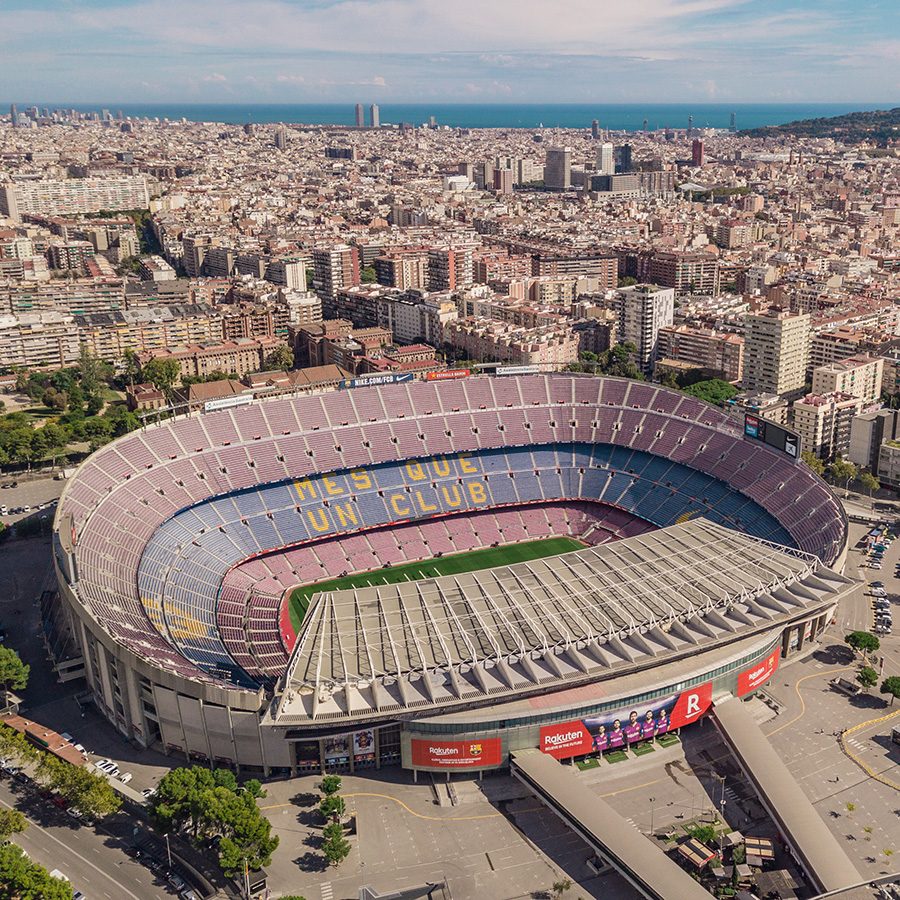
Credit: Medvedkov/Getty Images
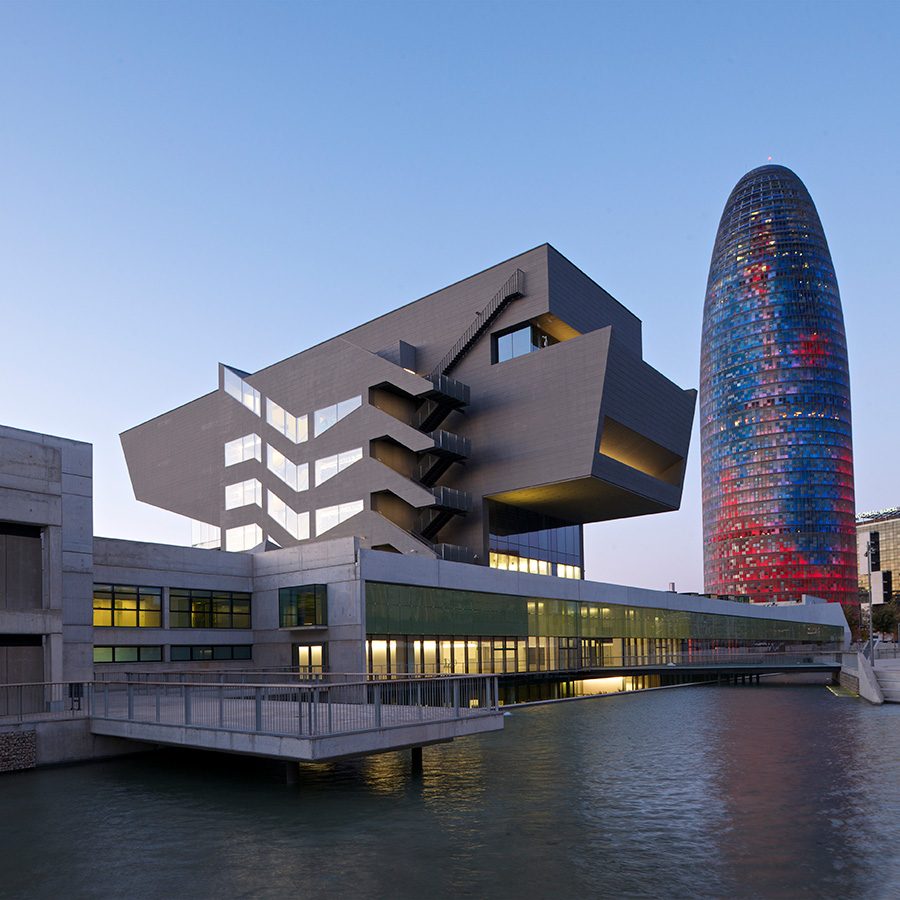
Credit: View Pictures/Getty Images
Barcelona during low and shoulder season
If your travel dates are flexible, consider visiting in spring or autumn; Barcelona boasts warm, sunny days from April until the end of October, and the water temperature typically exceeds 23 degrees Celsius.
Barcelona’s famed beaches are those closest to the city – including Sant Sebastià and Barceloneta to the south, and Nova Icaria, Bogatell and Mar Bella to the north – and attracts throngs of swimmers and sun worshippers in the sizzling summer months.
Poblenou itself has only become a destination for tourists over the past few years. A former industrial district, it has evolved into a haven for artists and designers, who in the 2000s began to transform its old factories into colourful studios, workshops and galleries, La Plataforma being among the best-known.
If you’re an art lover, you’ll want to check out the district’s latest initiative, Palo Market Fest , a design market held every first weekend of the month. On other days, Poblenou’s bookshops, concept stores, alternative theatre stages such as Sala Bekett and innovative gastro scene (we especially love the vegan options at Sop a) make it worthy of a detour – as does the renowned Museu del Disseny design museum.
If you’re in search of modern icons, look no further than Camp Nou , the stadium of FC Barcelona. Its museum is the most visited in the city, so you won’t have to fight the crowds for a look in during quieter months.
More inspiration
Barcelona travel information
- China – the Chinese Mainland, Hong Kong SAR, Macao SAR and Taiwan Region
- Hong Kong SAR - English
- Chinese Mainland (China) - English
- Taiwan, China - English
- 香港特別行政區 - 繁體中文
- 中国內地 - 简体中文
- 中國台灣 - 繁體中文
- Africa
- South Africa - English
- Americas
- Canada - English
- Canada - Français
- United States - English
- Asia
- Bangladesh - English
- Korea - English
- Singapore - English
- Cambodia - English
- 한국 - 한국어
- Sri Lanka - English
- India - English
- Malaysia - English
- Thailand - English
- Indonesia - English
- Maldives - English
- ประเทศไทย - ภาษาไทย
- Indonesia - Bahasa Indonesia
- Myanmar - English
- Vietnam - English
- Japan - English
- Nepal - English
- Việt Nam - tiếng Việt
- 日本 - 日本語
- Philippines - English
- Australasia
- Australia - English
- New Zealand - English
